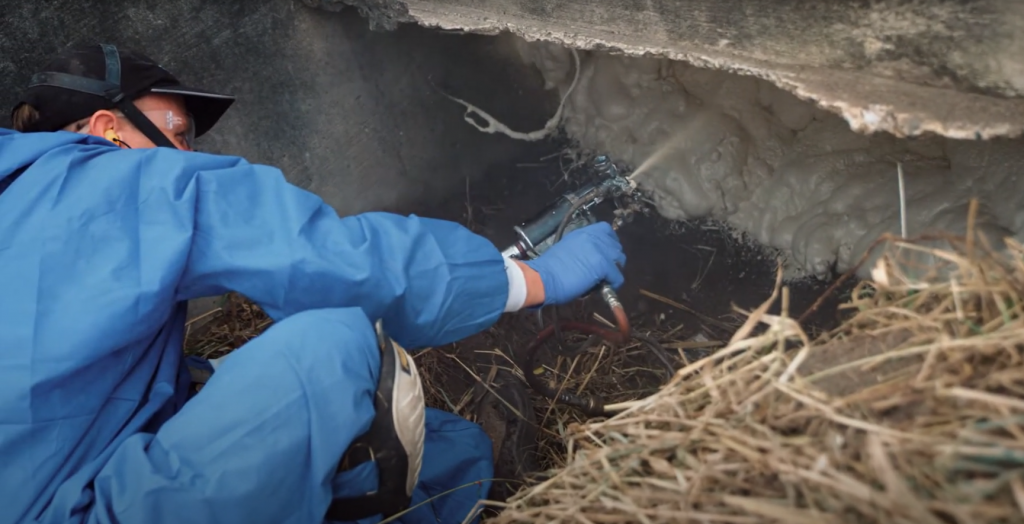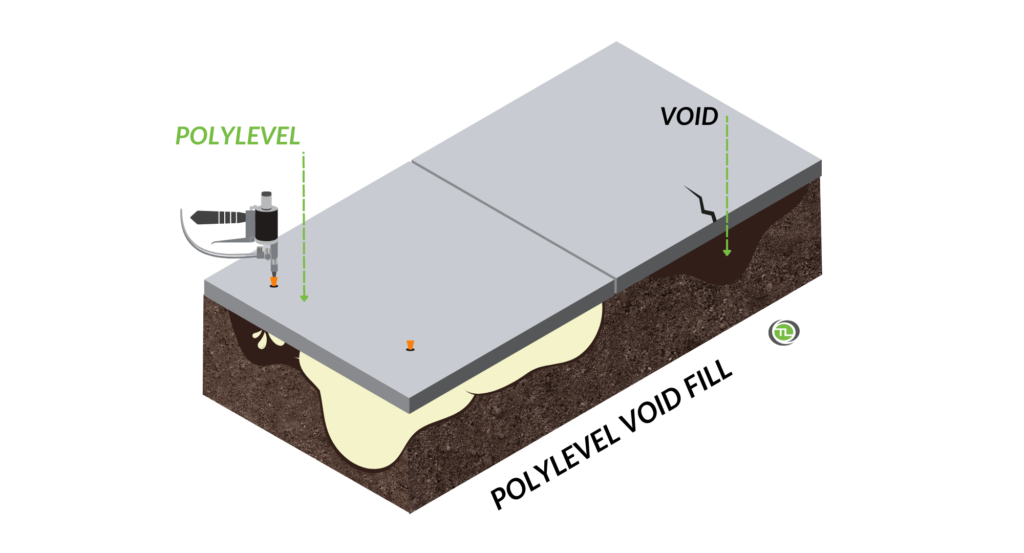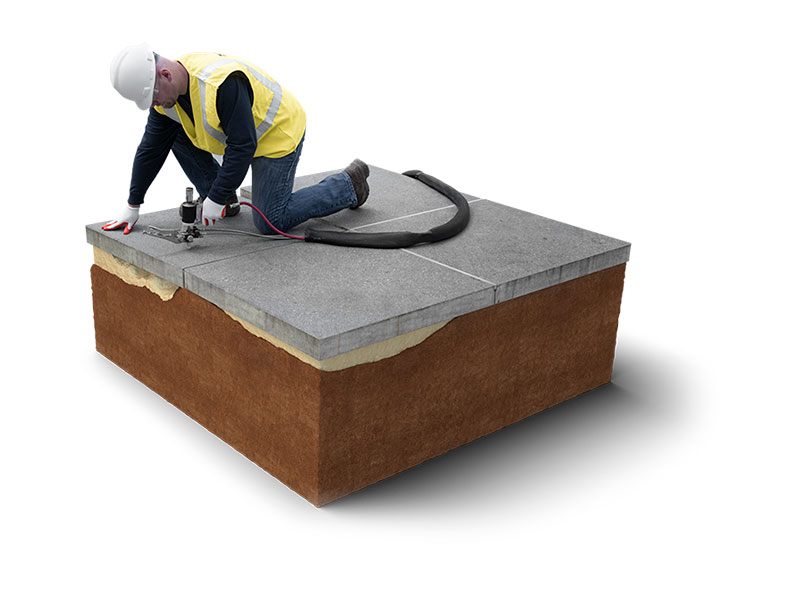Voids under concrete slabs happen when the soils wash away from under the slab. Your concrete can appear to be in great condition from the surface, but when there’s a void underneath, it no longer has structural integrity.
Soils washing out from under slabs could cause the concrete to crack, sink, tip, or pull away. Concrete steps with voids underneath can also sink, become off level, as well as break.
Concrete with voids can be a pain, but who wants to undergo a whole driveway, patio, or concrete step replacement. Luckily, True Level Concrete has a faster, more affordable, and effective solution for concrete with voids.
Voids forming under walkways, patios, driveways, and steps is a major issue for homeowners in Vancouver, Greater Vancouver, and Vancouver Island.
Why does it happen? Weak soils mixed with changing weather can expand, shrink, and shift the ground supporting your home and concrete slabs. Therefore, this results in unstable and washing away of the soils beneath the surface and the concrete begins to settle and shift. As the concrete settles, it sinks into the weak soils, or into the voids, causing it to crack, tip, dip, and slide away.
What starts as a void under concrete slab, could result in more damage over time. Broken and uneven concrete can devalue your home and affect your quality of life. However, replacing your concrete is not your only option. True Level Concrete are BC’s experts in concrete repair and restoration.

True Level spraying PolyLevel foam beneath a concrete slab to fill a large void.
If you notice that the soil is washing out from under your concrete slabs, reach out. It is important to get a professional opinion and our specialists are here to help. Fixing the voids now could mean preventing costly future damage.
Book a free estimate with our concrete repair specialists, find out the root of your concrete concerns and how to fix it, and receive a no-obligation quote.
BOOK FREE ESTIMATE
The best way to fix your concrete is to address the ROOT CAUSE which is the washed out soils beneath. Fill the voids with a structural support as a result, this will fix the existing concrete damage and then it can prevent further damage from occurring due to the settlement.

True Levels concrete repair solution, PolyLevel foam, addresses the root cause of the problems and offers a long term fix with great warranty. Our crew injects PolyLevel beneath the slab to fill, lift, and support the concrete. Our concrete repair team can turn your sinking concrete into a stabilized and leveled surface. We can fix your uneven concrete, prevent future damage in your concrete and finish off with blended crack repair and protective sealant.

At True Level Concrete, we use PolyLevel for our innovative concrete repair. PolyLevel concrete repair foam is a state-of-the-art method to fill and lift sunken concrete slabs, such as sidewalks, driveways, patios, concrete steps, garage floors, and basement slabs. Using a similar concept to mudjacking / slabjacking but combined with innovative technology.
Instead of using a messy mixture of concrete and mud, PolyLevel is made of a high-density, expanding polyurethane foam and is hydrophobic. This means that PolyLevel expands to fill & lift, it can support extremely heavy loads, and it won’t wash away.
Our approach to filling voids with PolyLevel goes like this: